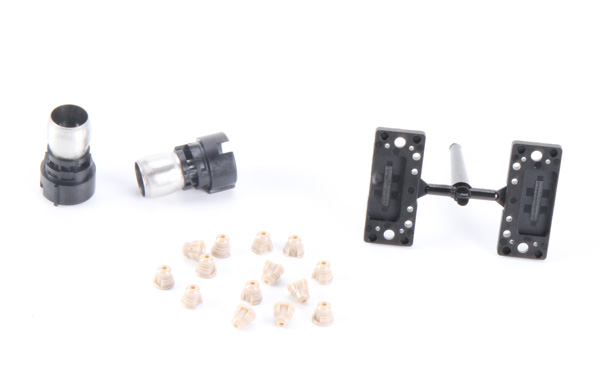In the plastic processing industry, product dimensional stability is a key indicator for assessing the quality of injection molded items. When the dimensions of products produced by plastic injection molds fluctuate frequently, it directly signifies that these products fail to meet established quality standards. To delve deeply into this common issue, this article will systematically analyze the causes of dimensional instability in plastic parts from four major dimensions: injection molding machines, injection molds, injection molding processes, and raw materials.
I. Injection Molding Machines: The Foundation of Precise Control
Fluctuations in the Feeding System: Instability in the feeding system of an injection molding machine is a primary factor in dimensional variation. Any slight deviation in the amount of material fed can affect the final product's dimensional accuracy.
The Dual Challenge of Back Pressure and Temperature Control: During the injection process, unstable back pressure or inadequate temperature control precision can lead to variations in melt flowability, subsequently impacting product dimensional consistency.
Hidden Dangers in the Hydraulic System: Faults in the hydraulic system of an injection molding machine, such as unstable pressure or leaks, can indirectly affect the smoothness of the injection process, thereby affecting product dimensions.
II. Injection Molds: The Core of Molding Accuracy
Imbalance in Gate and Runner Design: Uneven design of gates and runners can result in inconsistent melt flow speeds within the mold, thereby affecting filling effectiveness and product dimensions.
Issues with Cavity Accuracy: Inaccuracies in the mold cavity itself, or deviations due to wear and deformation, directly determine the final dimensional accuracy of the product.

III. Injection Molding Processes: The Art of Fine Control
The Secrets of Mold Temperature Control: Uneven distribution of mold temperature or improper cooling circuit design can disrupt the solidification process of the melt, leading to dimensional fluctuations in the product.
The Low Pressure Dilemma: Insufficient injection pressure can prevent the melt from fully filling the mold, often resulting in undersized products or local defects.
Considerations of Holding Pressure Time and Stability: Insufficient or fluctuating holding pressure time can affect the density and cooling solidification of the melt, thereby impacting product dimensional stability.
Management of Barrel Temperature and Cycle Time: High barrel temperatures or unstable injection cycles can interfere with the plasticization state and injection volume of the melt, affecting product dimensions.
IV. Raw Materials: The Source of Quality Considerations
Performance Differences Between Batches: When switching production batches, changes in the properties of the plastic material (such as melting point and flowability) will directly impact product dimensions.
The Importance of Moisture Control: If the plastic material contains a high moisture content, pores or shrinkage may occur during the injection process due to water evaporation, leading to dimensional instability.